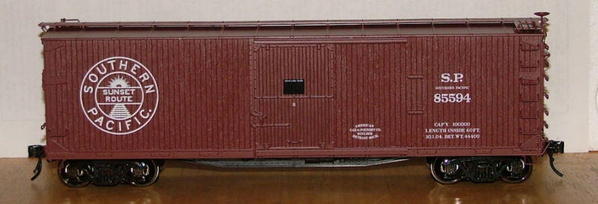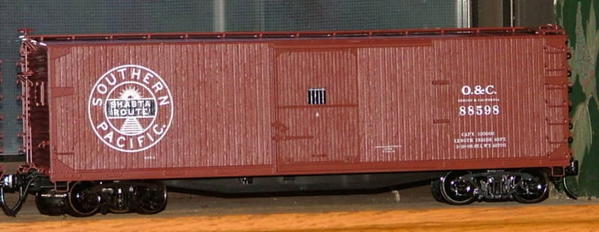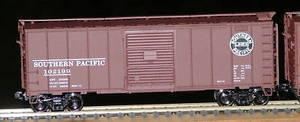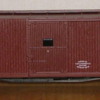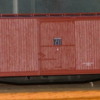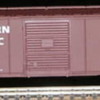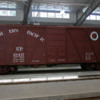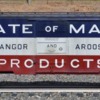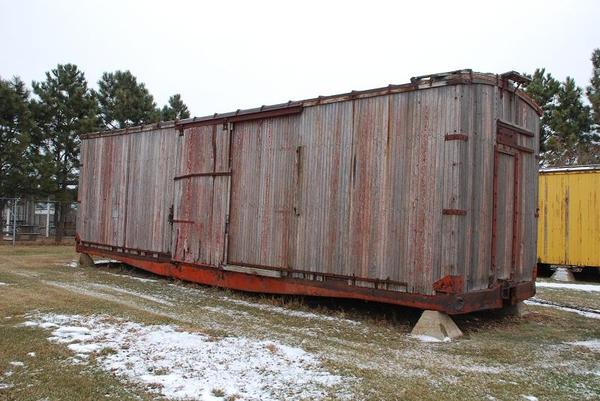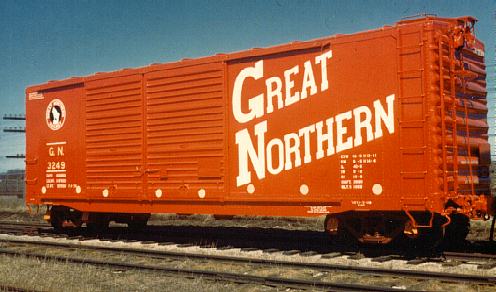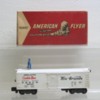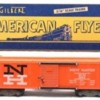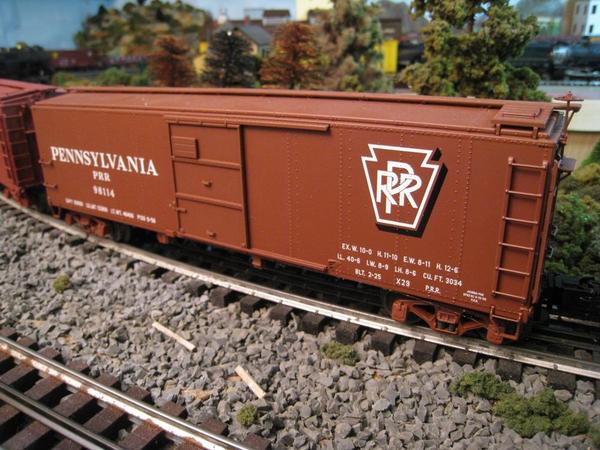I have only been in the hobby a little over 4 years now and went through a very steep learning curve to get where I am now and still so much more to learn.
My approach has evolved very similiar to Ed's.
At first, I bought anything that appealed to me. Over time, as I learned more about my particular railroad, PRR, and the era and location I wanted to model - PRR Middle Division near Newport, PA in 1959. I came to realize that I purchased items that didn't fit very well or not at all and began to jetison them.
I guess knowledge can be too restrictive but now I focus our documented prototypes that have been known to roll through the territory and time period I model.
I also studied the typical distribution of freight car types and foreign roads on the Pennsy. With that, I have the weaver MILW ribside and B&O wagontop, the Atlas O B&O ARA boxcar (made in far greater number than the wagontop), Atlas O ART reefer (PFE clone), MTH NP reefer (PFE clone), etc., etc. I will only accept a very limited number of cars that are not very prototypically correct only because I like the car and there is nothing else available.
For modelers of any other road, since the PRR typically owned at least 10% of the entire nation's freight car fleet, one would be remiss not to include a few PRR cars. With that, I suggest some signature PRR cars like the X-29 (over 29,000 made - Atlas O or brass) and X-31 boxcars (Lionel or brass). For flatcars, suggest the F41 (Lionel).
For passenger service, there is a host of PRR REA cars either currently or soon to be available.
Hope this helps.






